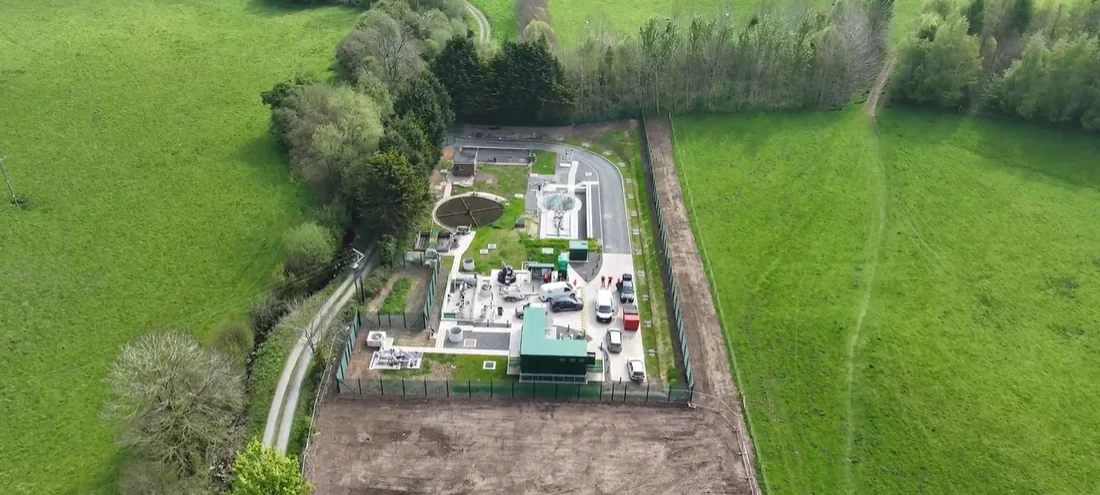
Enhancing Wastewater Treatment at Clyro
A £6.5 million upgrade to improve water quality and environmental compliance at a compact treatment site in Powys, helping to protect the River Wye, one of Wales’ most important rivers.
Project overview
In early 2024, the team began a major £6.5 million upgrade of Welsh Water’s wastewater treatment works in Clyro, Powys. The goal was to improve how efficiently the site treats wastewater, increase its flow capacity, and significantly reduce the levels of phosphorus and ammonia in the treated water. Critical upgrades to optimise treatment processes and contribute to long-term environmental sustainability.
The project, which supports Welsh Water’s Asset Management Period 7 (AMP7) programme, plays a vital role in protecting the River Wye, a designated Special Area of Conservation known for its ecological value.
The site posed a unique challenge, due to its compact footprint and being located at the entrance of a residential cul-de-sac. To overcome space and safety constraints, designs were chosen and implemented on-site. This included:
- A Design for Manufacture and Assembly (DfMA)
- Main Motor Control Centre (MCC) kiosks
- A 56m³ SPEL balance tank
- A Humus Settlement Tank (HST)
- Standard Product WES
- Colloide kiosks
Large excavation cofferdams were constructed to install the tanks, and polystyrene blocks were used to backfill voids, cutting carbon emissions and saving costs.
Through smart planning and sustainable choices, the project successfully balanced efficiency, environmental responsibility, and cost-effectiveness.
Due to the site location and the works being carried out, a really important part of the delivery was the community engagement. The team made sure local residents were informed throughout the process, which helped build trust and allowed for the installation of temporary fencing to reduce disruption and maintain safety.
It is a great example of how thoughtful design, community engagement, and smart construction choices can come together to deliver a successful upgrade that protects the environment and improves local water quality.

Fun fact: Polystyrene blocks were used to backfill around the excavated areas for the balance and settlement tanks. This approach simplified the installation process in a confined site and contributed to sustainability goals by reducing the volume of traditional backfill materials. As a result, the project saved over £7,000 in material and transport costs, significantly lowering its carbon footprint.